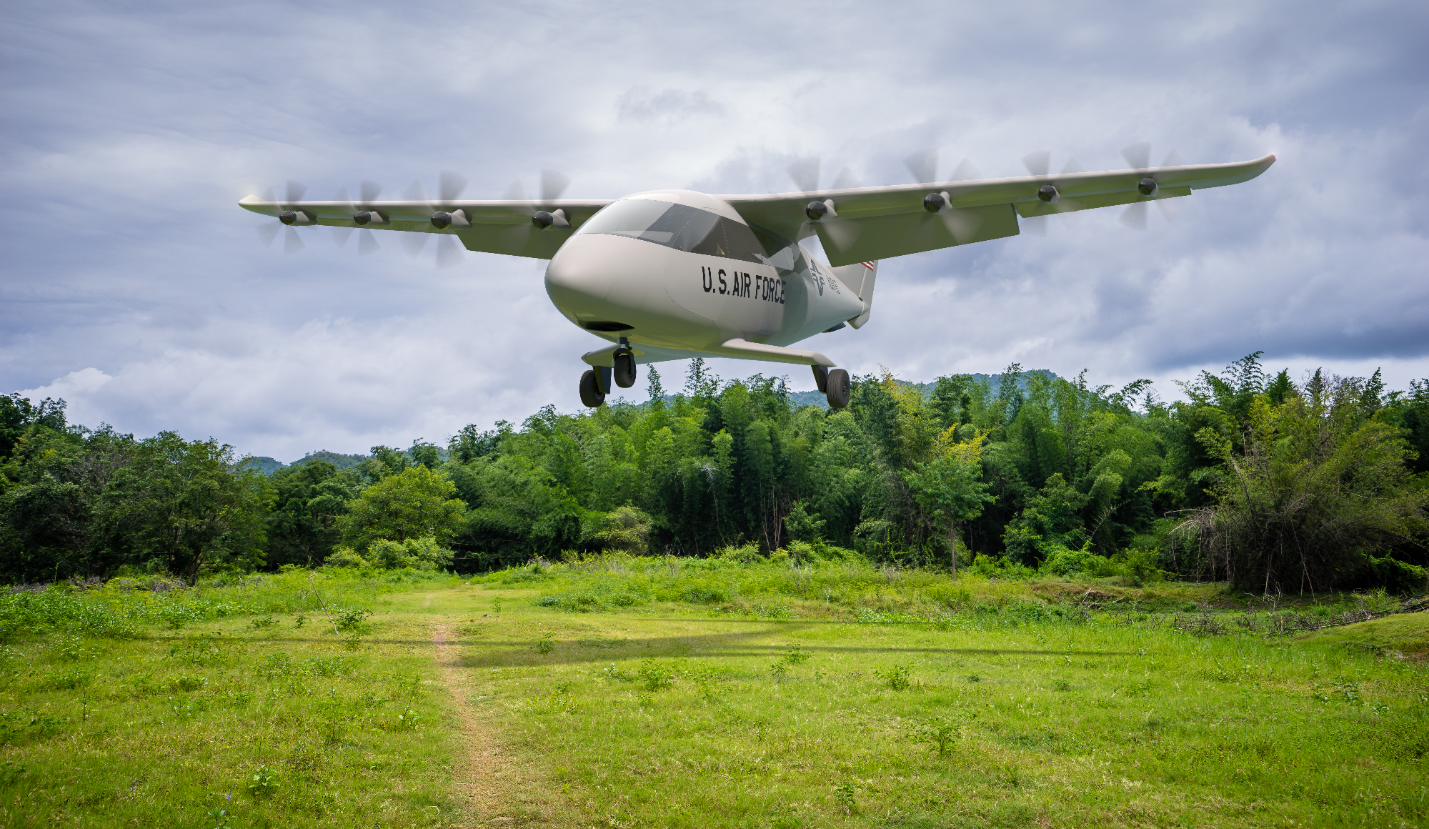The United States Air Force has awarded Electra and the Massachusetts Institute of Technology (MIT) a small business technology transfer contract to advance the development of flight control systems for Electra’s hybrid-electric ultra-short takeoff and landing (eSTOL) aircraft. Under the STTR Phase II contract, Electra and MIT plan to collaborate in an effort to speed the development of enhanced precision flight control systems for repeatable low-speed, ultra-STOL landings that would allow Electra to safely operate its eSTOL aircraft in spaces no larger than a soccer field. Electra plans to demonstrate the flight control system on a full-scale hybrid eSTOL technology demonstrator aircraft during flight testing later this year.
The STTR award follows a Phase I contract last year, under which the Electra-MIT team developed an eSTOL aeropropulsive model, a vehicle sizing tool, and a flight control performance simulation. “We are delighted to continue working with MIT and the U.S. Air Force to develop state-of-the-art flight control systems for ultra-STOL aircraft,” said Chris Courtin, Electra’s lead engineer of flight physics and controls. “Reliable precision landings are key to Electra’s ability to deliver runway-independent operations with increased payload, range, and safety for both military and commercial uses.”
Electra's eSTOL aircraft can operate from spaces as small as 300-by-100 feet using its patent-pending distributed electric propulsion and blown lift technology. A small turbine-powered generator recharges the batteries mid-flight, eliminating the need for new ground charging infrastructure. The quieter and more environmentally friendly aircraft under development would transport up to 1,800 pounds of cargo or move nine passengers up to 500 miles. Electra expects its aircraft to operate in a variety of environments ranging from busy urban areas to remote landing strips, and fly missions ranging from on-demand passenger flights to cargo transportation, search and rescue operations, and medical missions. The company expects to bring the vehicle to market in 2026.
The Virginia-based start-up says the production aircraft it aims to bring to market in 2026 is larger than the concept it proposed in 2020, with the changes having been prompted by discussions with provisional launch customers that collectively have signed letters of intent calling for deliveries of almost 300 aircraft. When Electra first conceived its eSTOL vehicle, plans called for no more than a two-seater, but the design has evolved in response to customer interest, and the company now sees a nine-seater suitable for single-pilot operations as covering a regulatory and market sweet spot.
Backed by a significant undisclosed investment from Lockheed Martin Ventures announced in January, Electra has been ground testing a 150-kW hybrid-electric propulsion system for a subscale, two-seat eSTOL technology demonstrator based on its original plan. It plans to start flight testing the demonstrator before the end of this year.
